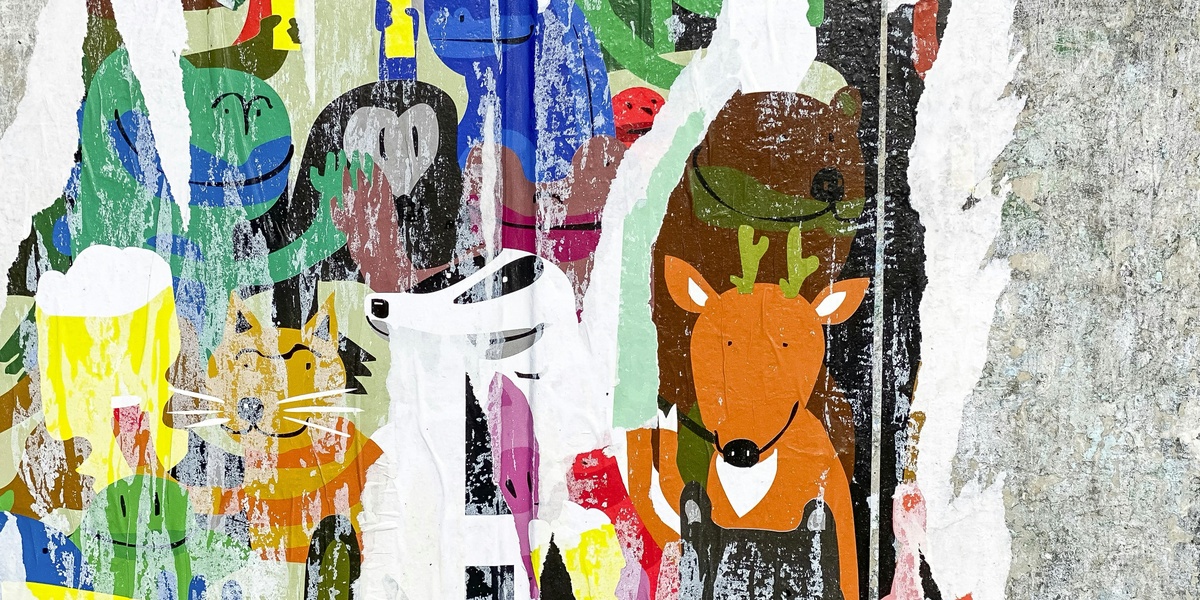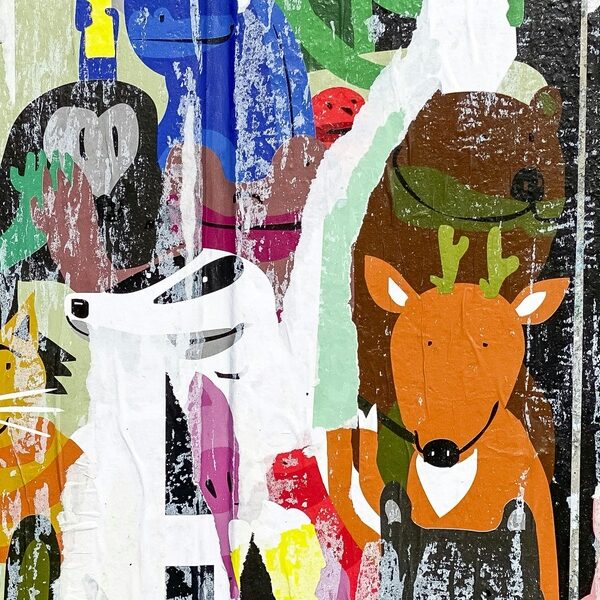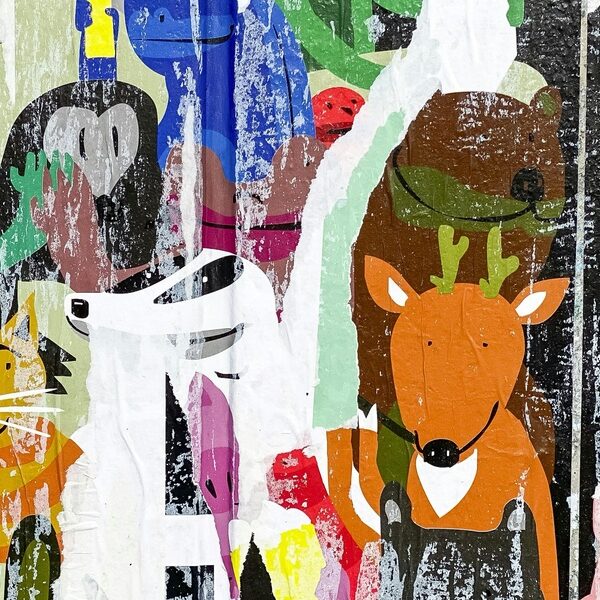Here you’ll find 46 Common Animals that start with L that begin with L, organized from “Ladybug” to “Lynx”. They include insects, mammals, birds, reptiles, and fish found in many regions worldwide.
Common Animals that start with L are familiar species whose common names begin with the letter L. Many have cultural significance, like the lion, which appears in myths, flags, and family crests.
Below you’ll find the table with common name, scientific name, order, and habitat/distribution.
Common name: The everyday name you expect to recognize; use it to find species quickly in guides or classroom lists.
Scientific name: The Latin binomial gives precise species identification so you can distinguish similar common names across regions.
Order: The higher taxonomic group shows broader relationships and helps you compare similar animals at a glance.
Habitat/Distribution: Brief notes on where the animal lives and where it is commonly found, aiding field or classroom identification.
Methodology: The list prioritizes widely used common names and verified scientific names, avoiding obscure taxa unless widely recognized.
A–Z index: Find links to other letters in the A–Z index so you can jump between pages.
Common Animals that start with L
| Common name | Scientific name | Order | Habitat/Distribution |
|---|---|---|---|
| Lion | Panthera leo | Carnivora | African savannas, India |
| Leopard | Panthera pardus | Carnivora | Sub-Saharan Africa, Asia forests and savannas |
| Lynx | Lynx lynx | Carnivora | Boreal and temperate Eurasian forests |
| Llama | Lama glama | Artiodactyla | Andes, domesticated worldwide |
| Lemur | Lemur | Primates | Madagascar forests and scrub |
| Loris | Nycticebus coucang | Primates | Southeast Asian forests |
| Lobster | Homarus | Decapoda | Coastal temperate oceans, northern hemisphere |
| Ladybug | Coccinella septempunctata | Coleoptera | Gardens, agricultural areas worldwide |
| Loon | Gavia immer | Gaviiformes | Northern lakes and coastal waters, N. America, Eurasia |
| Lark | Alauda arvensis | Passeriformes | Open fields across Eurasia and North Africa |
| Lapwing | Vanellus vanellus | Charadriiformes | Wet grasslands, Europe and Asia |
| Lemming | Lemmus lemmus | Rodentia | Arctic tundra, northern Europe and Siberia |
| Lamprey | Petromyzon marinus | Petromyzontiformes | Coastal and freshwater, North Atlantic regions |
| Leafcutter ant | Atta cephalotes | Hymenoptera | Tropical Americas forests |
| Leatherback | Dermochelys coriacea | Testudines | Tropical to temperate oceans worldwide |
| Leech | Hirudo medicinalis | Hirudinea | Freshwater habitats in Europe and Asia |
| Long-eared owl | Asio otus | Strigiformes | Woodlands and edges across North America and Eurasia |
| Longhorn beetle | Cerambycidae | Coleoptera | Forests worldwide |
| Lammergeier | Gypaetus barbatus | Accipitriformes | Mountain ranges in Europe, Africa, Asia |
| Lionfish | Pterois volitans | Scorpaeniformes | Indo-Pacific reefs; invasive in Atlantic/Caribbean |
| Longnose gar | Lepisosteus osseus | Lepisosteiformes | Fresh waters of eastern North America |
| Loggerhead | Caretta caretta | Testudines | Temperate and tropical oceans worldwide |
| Ling | Molva molva | Gadiformes | Northeast Atlantic, deeper coastal waters |
| Limpet | Patella vulgata | Patellogastropoda | Rocky intertidal zones, NE Atlantic |
| Locust | Schistocerca gregaria | Orthoptera | Arid regions of Africa, Middle East, Asia |
| Louse | Pediculus humanus | Phthiraptera | Humans worldwide |
| Leafcutter bee | Megachile rotundata | Hymenoptera | Gardens and farmlands worldwide (introduced) |
| Leaf-tailed gecko | Uroplatus | Squamata | Madagascar forests |
| Ladyfish | Elops saurus | Elopiformes | Warm coastal waters of Atlantic |
| Long-tailed tit | Aegithalos caudatus | Passeriformes | Woodland edges, Europe and Asia |
| Little penguin | Eudyptula minor | Sphenisciformes | Coastal southern Australia and New Zealand |
| Laughing kookaburra | Dacelo novaeguineae | Coraciiformes | Woodlands and suburbs of Australia |
| Lappet-faced vulture | Torgos tracheliotos | Accipitriformes | African savannas and arid regions |
| Leopard seal | Hydrurga leptonyx | Carnivora | Antarctic coastal waters |
| Laysan albatross | Phoebastria immutabilis | Procellariiformes | North Pacific islands and open ocean |
| Leaf-nosed bat | Phyllostomus hastatus | Chiroptera | Neotropical forests and caves |
| Laughing gull | Leucophaeus atricilla | Charadriiformes | Coastal Americas |
| Loggerhead shrike | Lanius ludovicianus | Passeriformes | Open habitats across North America |
| Little brown bat | Myotis lucifugus | Chiroptera | North American caves, forests |
| Little auk | Alle alle | Charadriiformes | Arctic seas and coasts |
| Lined seahorse | Hippocampus erectus | Syngnathiformes | Western Atlantic seagrass and estuaries |
| Long-beaked echidna | Zaglossus | Monotremata | Highland forests of New Guinea |
| Langur | Semnopithecus | Primates | South and Southeast Asian forests and towns |
| Leaf warbler | Phylloscopus | Passeriformes | Woodlands across Eurasia and Africa |
| Lion’s mane jellyfish | Cyanea capillata | Scyphozoa | Cold temperate oceans, Northern Hemisphere |
| Lorikeet | Trichoglossus moluccanus | Psittaciformes | Australia and nearby islands |
Descriptions
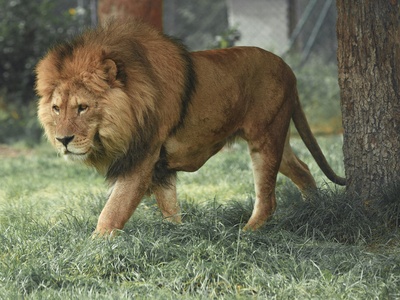
Lion
Social large cat, males 150–250 kg, lives in prides and hunts ungulates.
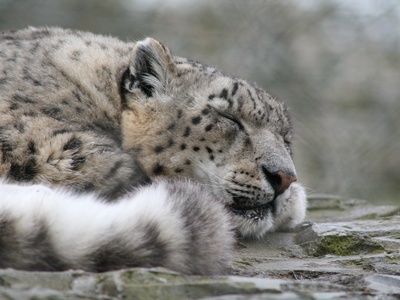
Leopard
Solitary spotted big cat, excellent climber and ambush predator.
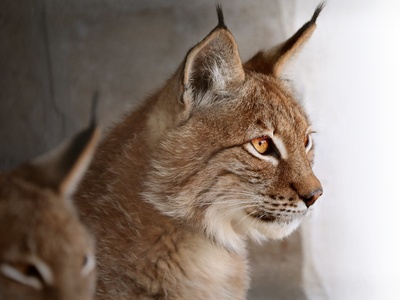
Lynx
Medium wild cat with tufted ears and short tail, solitary carnivore.
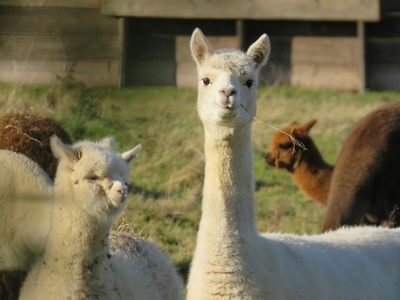
Llama
Domesticated South American camelid used as pack animal and for wool, 100–200 kg.
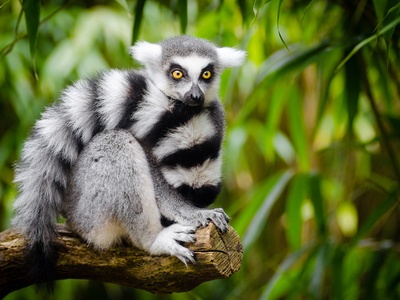
Lemur
Primate group endemic to Madagascar, diverse species, many arboreal and vocal.
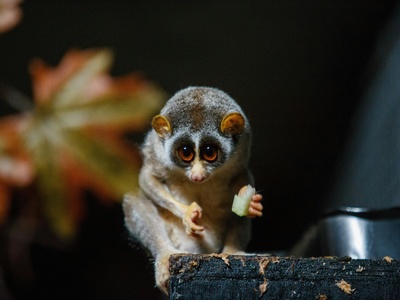
Loris
Slow-moving nocturnal primate with big eyes; omnivorous and sometimes a toxic bite.
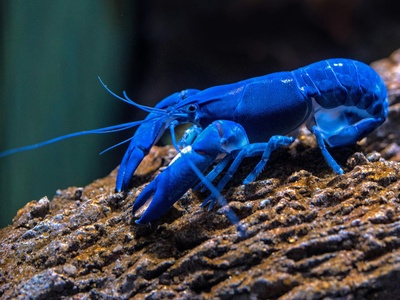
Lobster
Large clawed marine crustacean, important seafood, scavenger and predator.
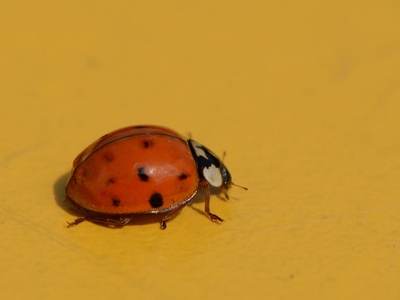
Ladybug
Small colorful beetle that eats aphids; beneficial to gardeners and farmers.
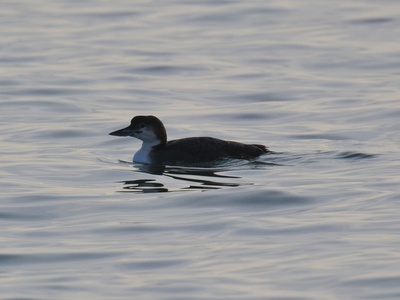
Loon
Large diving bird with haunting calls, fish-eating and strong swimmer.
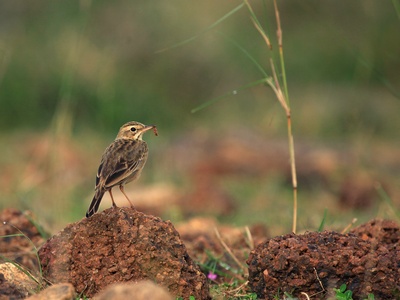
Lark
Small songbird famous for aerial singing, streaked brown plumage, eats seeds and insects.
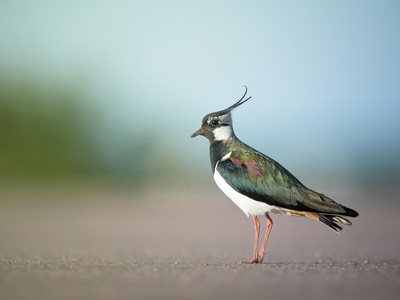
Lapwing
Distinctive crested wader that nests on ground and feeds on invertebrates.
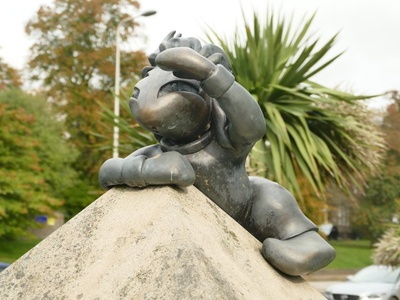
Lemming
Small herbivorous rodent known for population cycles and short migrations.
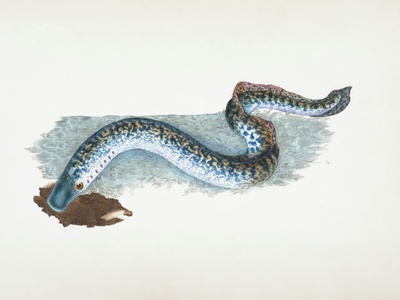
Lamprey
Jawless eel-like fish; many species are parasitic, using suction mouths on hosts.
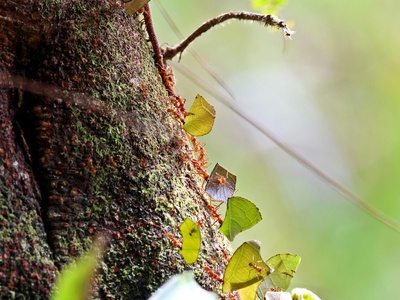
Leafcutter ant
Ants that cut leaves to cultivate fungus gardens; highly organized colonies.
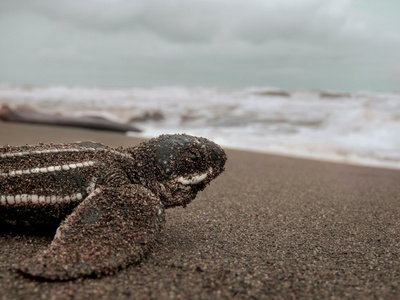
Leatherback
Largest sea turtle with leathery shell, up to 700 kg; feeds chiefly on jellyfish.

Leech
Segmented, flattened annelid; some species suck blood and have medicinal uses.
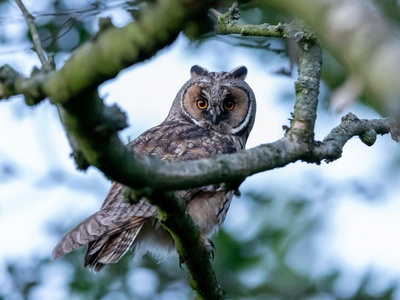
Long-eared owl
Owl with prominent ear tufts, nocturnal hunter of small mammals.
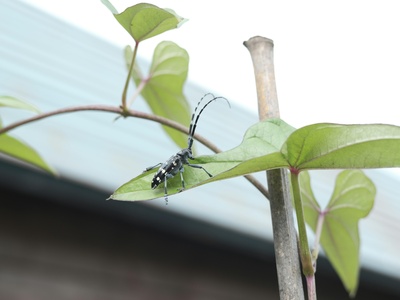
Longhorn beetle
Beetles with very long antennae; many larvae bore into dead or living wood.
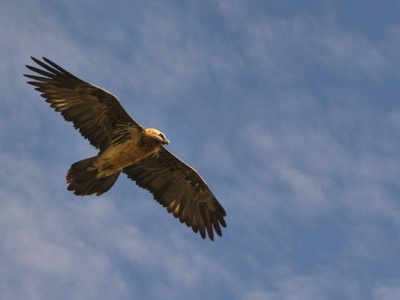
Lammergeier
Large vulture that feeds on bone fragments and drops bones to break them.
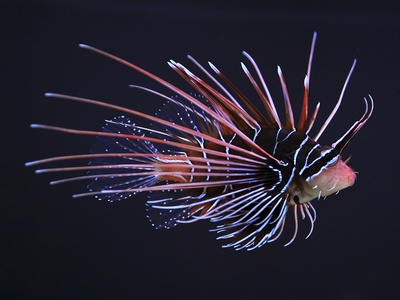
Lionfish
Venomous-spined, striped reef fish; voracious predator and invasive threat.
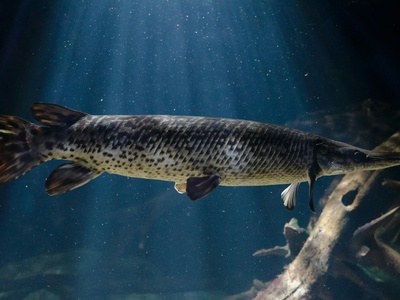
Longnose gar
Elongated predatory fish with armored scales, ambushes prey near surface.
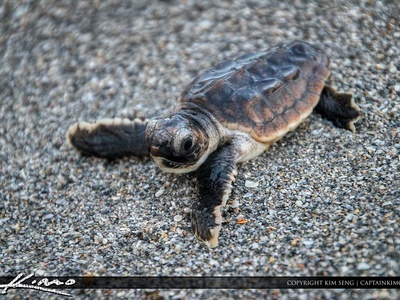
Loggerhead
Hard-shelled sea turtle with large head; feeds on crustaceans and mollusks.

Ling
Long-bodied cod-like fish, commercially important, can reach 1–1.5 m.
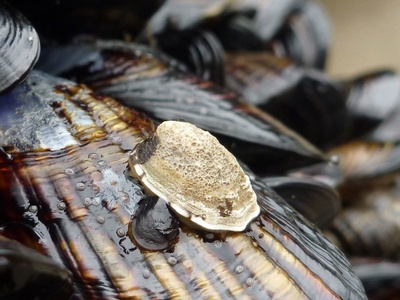
Limpet
Cone-shaped marine snail that clamps to rocks and grazes algae with a radula.
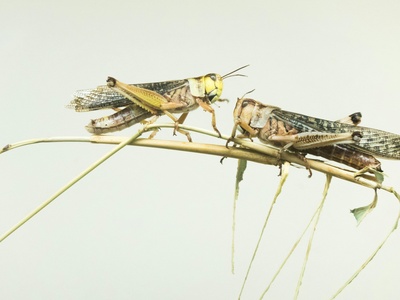
Locust
Swarming grasshopper species capable of devastating crops during outbreaks.
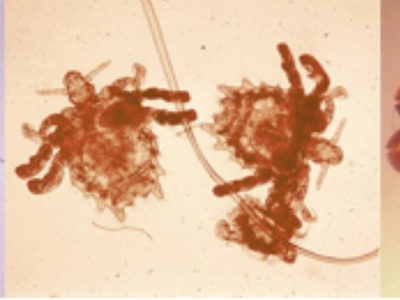
Louse
Tiny parasitic insect living on hair and clothing; bites cause irritation and can spread disease.
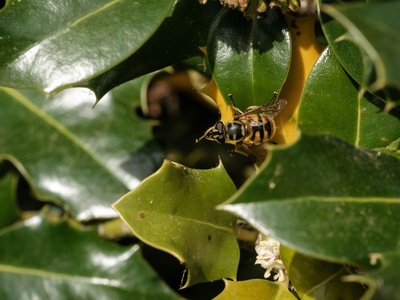
Leafcutter bee
Solitary bee that cuts leaves to line nests; efficient pollinator of crops and flowers.
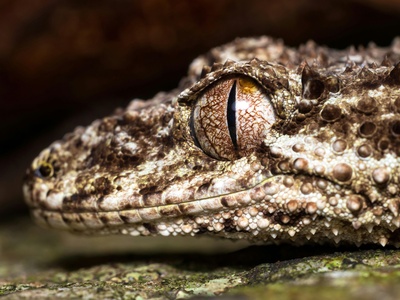
Leaf-tailed gecko
Flat, camouflaged arboreal geckos with leaf-shaped tails; nocturnal insectivores.
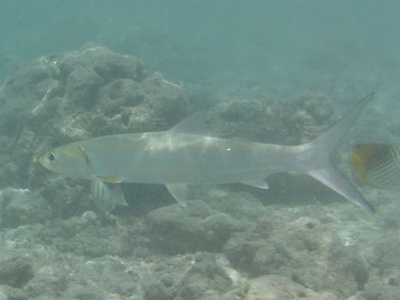
Ladyfish
Slender, silvery inshore fish; acrobatic and feeds on small schooling fish.
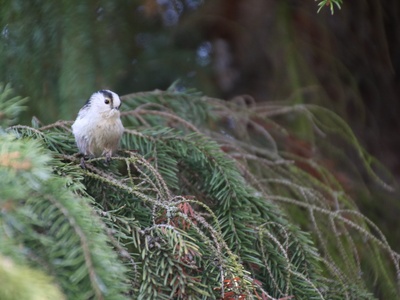
Long-tailed tit
Tiny sociable songbird with very long tail; lives in flocks and eats insects.
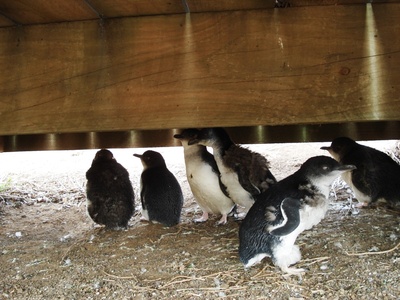
Little penguin
Smallest penguin species (~30–40 cm), blue-grey plumage, dives for small fish.
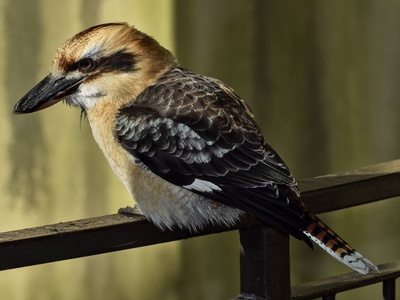
Laughing kookaburra
Large kingfisher with loud laughing call; opportunistic carnivore feeding on reptiles and invertebrates.
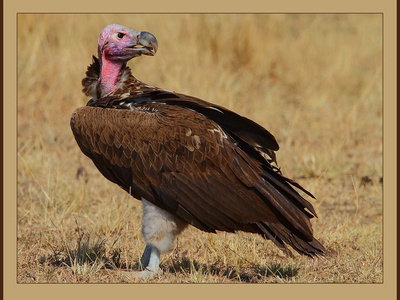
Lappet-faced vulture
Large vulture with bare head and powerful bill, scavenges carcasses.
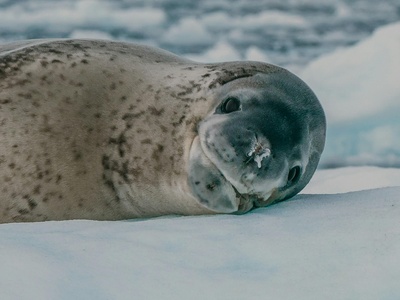
Leopard seal
Large Antarctic seal with powerful jaws; top predator eating penguins and other seals.
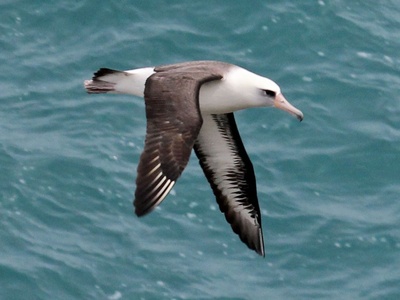
Laysan albatross
Large seabird with long wings, long-lived, feeds on fish and squid.
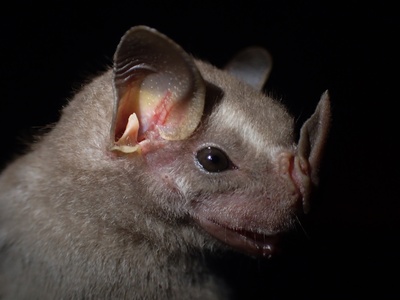
Leaf-nosed bat
Bat with a leaf-like nose used for echolocation; diets range from insects to fruit.
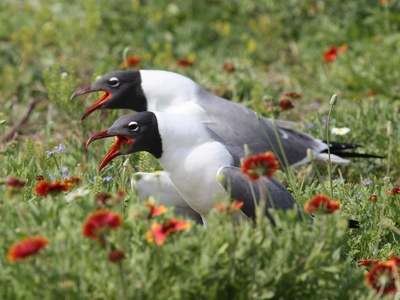
Laughing gull
Medium gull with raucous call; opportunistic feeder on fish and refuse.
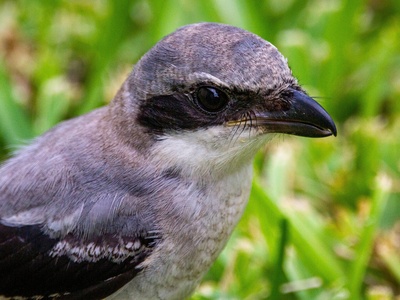
Loggerhead shrike
Predatory songbird known for impaling prey on thorns or barbed wire.
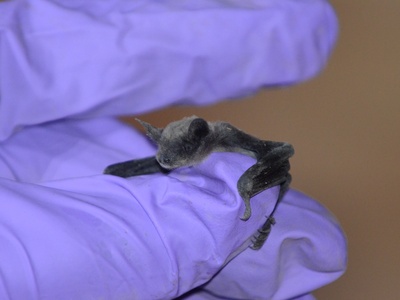
Little brown bat
Common small bat that eats insects, important for pest control.
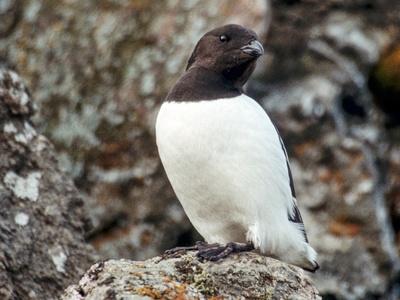
Little auk
Tiny black-and-white seabird that dives for zooplankton in cold waters.
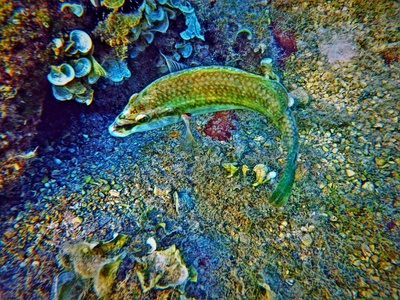
Lined seahorse
Small upright-swimming fish with prehensile tail; males carry the eggs.
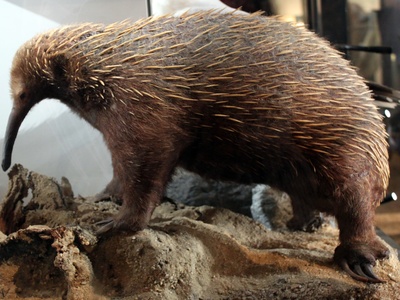
Long-beaked echidna
Rare egg-laying mammal with long snout and spines; insectivorous and solitary.
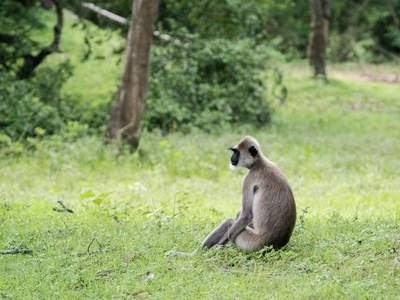
Langur
Leaf-eating Old World monkey with long tail; often lives in troops near humans.
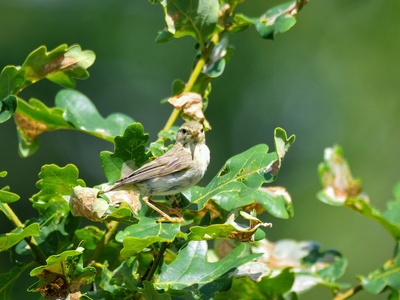
Leaf warbler
Small active songbirds foraging foliage for insects; many similar-looking species.
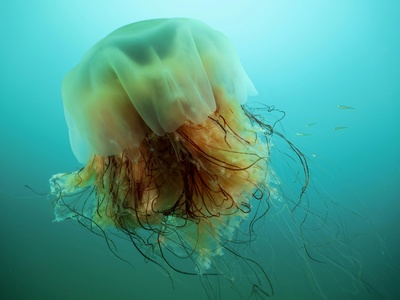
Lion’s mane jellyfish
Large jellyfish with long trailing tentacles and painful stings; can reach several meters across.
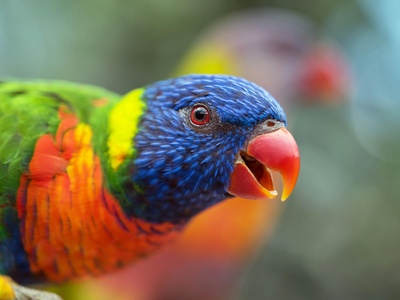
Lorikeet
Colorful nectar-feeding parrot with brush-tipped tongue; acrobatic and social.
